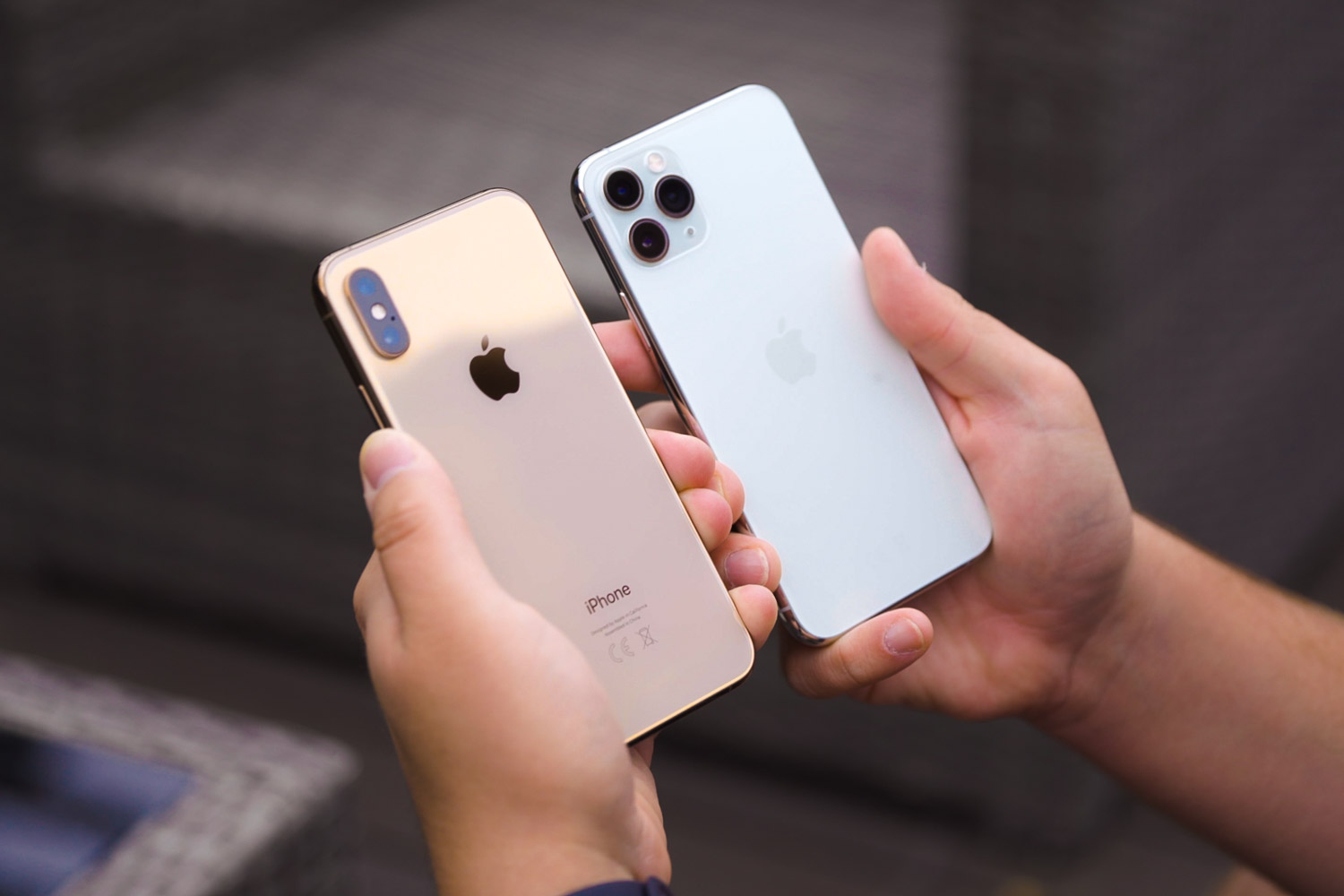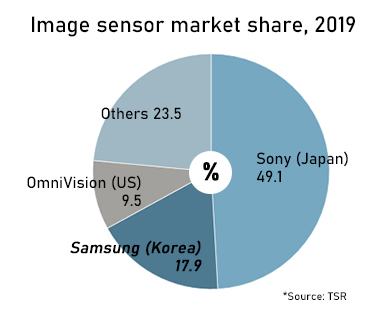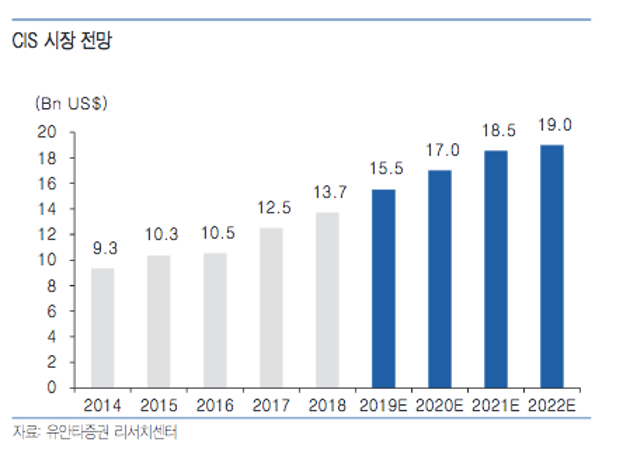Smartphones may have killed cameras, but not matrices. Sony has made a huge profit from producing matrixes for the iPhone

Although the camera market is in the reverse, the photosensitive matrix business has never been better. On the one hand, smartphones are killing the market, but on the other, they give completely new opportunities to earn.
About 20 years ago, when digital photography became popular in Poland, compact cameras ceased to be a luxury. In 2000, they were not in every home, but I think that in every family there was someone with such a camera.
Through the stage entitled "One camera per home" we quickly came to the point where each household member had their own camera, of course thanks to cell phones and later smartphones. Today, in the age of smartphones with many cameras, each has two, three or even four cameras.
And although the smartphone camera equipped with three lens eyepieces can be treated as one system, it really has three sensors and three lenses. Adding a selfie camera, we have de facto four cameras on the smartphone. So, for example, Apple must buy four matrices for the production of one iPhone.

In practice, every iPhone 11 Pro uses four matrices manufactured by Sony. That's right - Sony. This company is the largest beneficiary in the entire market.
In 2019, Sony did not give others a chance on the matrix market.
Techno Systems Research (TSR) has published data on the matrix market for 2019. There are no major surprises, because only three companies still matter, while Sony remains the decisive number one.

In 2019, Sony controlled 49.1 percent. matrix market. Samsung came second with a share of 17.9 percent. Player number three is OmniVision with a share of 9.5 percent. The remaining producers are much smaller and all together account for 23.5 percent. market.
And why are there no surprises? Because we saw a similar distribution in the market structure a year earlier. In 2018, Sony had a market share of 50.1 percent, Samsung had 29 percent and OmniVision 7.9 percent.
The camera matrix business is getting bigger.

In 2014, the value of the entire matrix market was USD 9.3 billion. Five years later, in 2019, the value increased by more than half, to 15.5 billion. dollars. You can also see who benefited the most from this growth - it's Sony. The company's market share in the years 2014 - 2019 increased from 40 to 50 percent .
Forecasts for the coming years are even better. In 2022, the market value is expected to increase to USD 19 billion. As you can see, it is becoming increasingly profitable to produce components instead of entire cameras, but even in this segment it is difficult to compete with the leaders. For example, the share of Nikon, which produces matrices for some of its SLRs and mirrorless cameras, is imperceptible on the market scale, especially in the clash with e.g. Samsung, which produces matrices for the mobile market.
It is no wonder that traditional photography is increasingly pushed to the side track.
Smartphones may have killed cameras, but not matrices. Sony has made a huge profit from the production of iPhone matrixes
Comments
Post a Comment